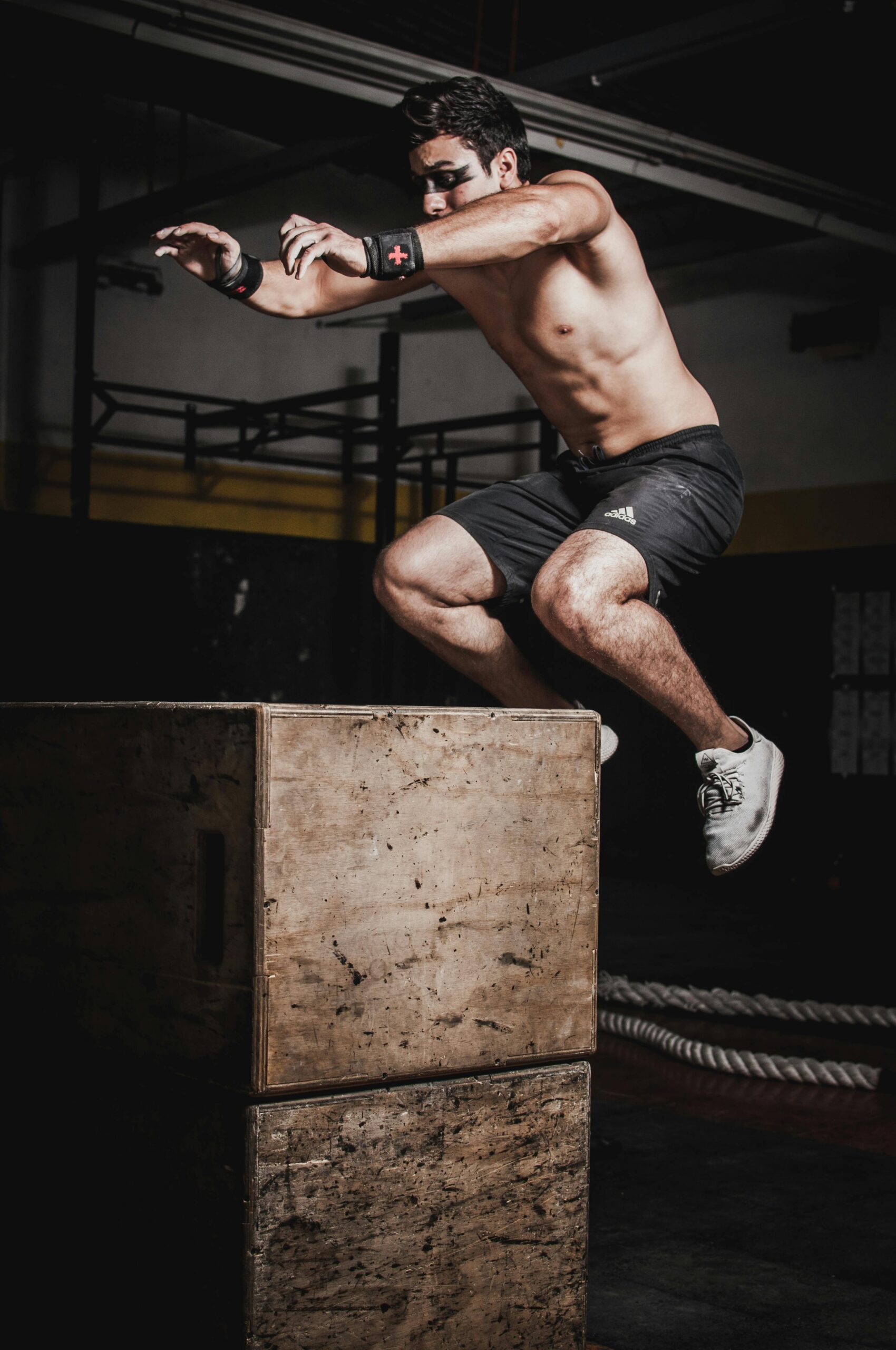Introduction
Jumping exercises, especially rope jumping, help with kidney stones. Here’s how they impact kidney stone health.
Jumping Exercises and Kidney Stones
Exercise Reduces Kidney Stone Risk
Jumping and other exercises lower kidney stone risk. They reduce calcium in urine, a key stone component. Inactive people, however, have higher urine calcium and stone risk.
Jumping Aids Stone Passage
Rope jumping helps move kidney stones. The force and motion involved push stones toward the bladder. Studies show jumpers pass stones more often than non-jumpers.
Rope Jumping vs. Running
Rope jumping is better than treadmill running at expelling stones after treatment. It shows jumping’s unique benefits for kidney stone patients.

Kidney Stone Management Tips
Here are some tips to manage kidney stones with jumping exercises:
- Stay Hydrated: Drink 3-4 liters of water daily to help flush out stones.
- Exercise Regularly: Mix aerobic exercises, like running and jumping, to keep your urinary system healthy.
- Eat Right: Avoid high oxalate foods. Instead, focus on hydration and get enough calcium.
- See a Doctor: For severe pain or complications, seek professional advice.
In short, jumping exercises can help prevent and expel kidney stones. Pair it with good hydration and diet for better kidney health.

Can Jumping up and down dislodge a kidney stone
Jumping exercises, like rope jumping, can help pass kidney stones, especially those in the ureter. The jarring motion aids stones in moving to the bladder for expulsion.
A study found rope jumping better than treadmill running. It speeds up kidney stone removal after lithotripsy. Interestingly, stones passed more often when jumpers were on a roller coaster.
However, jumping may dislodge some harmless stones. They could then cause pain as they move through the sensitive ureter.
To make jumping exercises more effective, stay hydrated. Take ibuprofen for pain. Use a heating pad or warm bath to relax the ureter. Always consult a doctor for severe pain or complications.
What are concise jump and bump instructions?
Here are simple steps to use the jump and bump method for passing kidney stones:
- Drink 1 liter of water in 15 minutes to build pressure. Keep drinking until the stone passes.
- Stand on your tiptoes and drop onto your heels. Keep doing this until you feel sick, your feet hurt, or the stone passes.
- Sit on a hard surface. Jump up and land hard on your bum. Repeat this.
- Use a hard surface for jumping and bumping. It will be very painful but can help pass the stone quickly.
- If the stone is stuck in the ureter, jumping might help more. Talk to a doctor first to avoid serious damage.
Jumping and bumping can help move kidney stones. However, it’s very painful. Staying hydrated is key. Always consult a doctor before trying to pass a stone, especially if it’s stuck.

Is the jump and bump method safe?
The jump and bump method for passing kidney stones is considered safe, much like walking or running. However, there are concerns it might push the stone into a narrower part of the ureter. Many have successfully dislodged stones through vigorous jumping. Yet, caution is important, especially with larger stones, as these may need medical help to pass. Always consult a healthcare professional before trying this method. It may cause complications, especially with large stones or severe pain.
Could jumping help to pass kidney stones
Yes, jumping exercises like rope jumping can help pass kidney stones, especially those in the ureter. The jarring motion moves stones to the bladder for expulsion.
A study found rope jumping better than treadmill running. It sped up kidney stone removal after lithotripsy. Interestingly, stones passed more easily when jumpers were at the back of a roller coaster.
However, jumping can also dislodge harmless stones, causing pain as they move through the sensitive ureter.
To enhance jumping exercises, stay hydrated, take ibuprofen for pain, and use a heating pad or warm bath to relax the ureter. Always consult a doctor for severe pain or complications.

